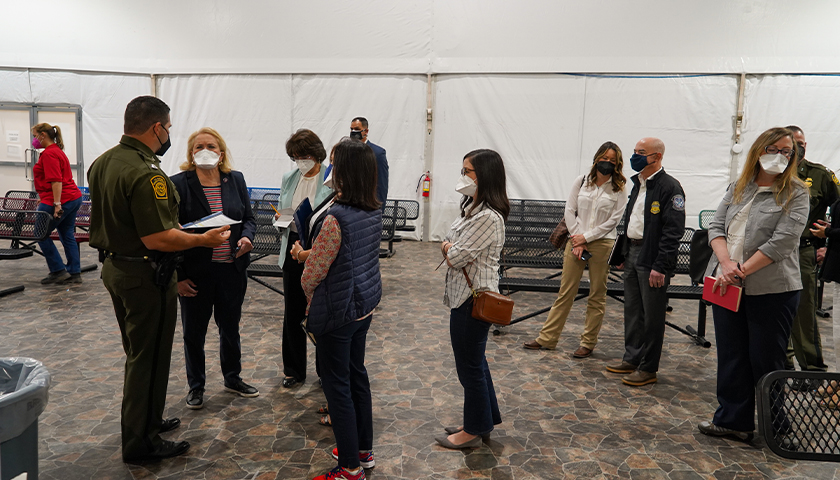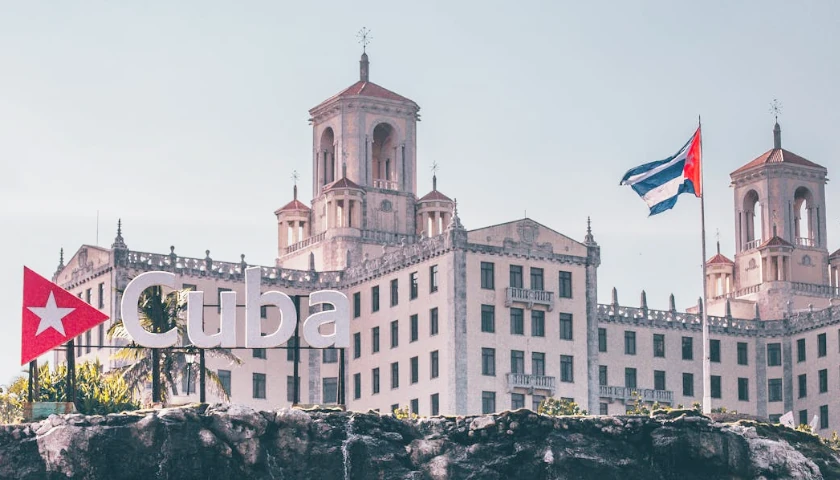by Lawrence Reed
Let’s say that all you knew about Adolf Hitler was that he painted scenic pictures, postcards, and houses in Vienna, loved dogs and named his adorable German Shepard “Blondie,” and frequently expressed solidarity with “the people.” You might sport a T-shirt adorned with his image if you thought such a charismatic chap was also good-looking in a beret. But your education would be widely regarded as incomplete.
If you later found out that the guy on your T-shirt was a mass murderer, you might ask your oppression studies professor why she left out a few important details.
This hypothetical resembles a real-world phenomenon seen today on numerous college campuses. Fifty-two years after his demise in Bolivia—on October 9, 1967—the maniacal socialist Ernesto “Che” Guevara is still making headlines and spoiling perfectly good clothes.
In film and pop culture, Che comes off as an adventurous motorcyclist, a humble-living commoner, a romantic egalitarian revolutionary, and a swashbuckling sex symbol. His ghastly history as one of Fidel Castro’s favorite thugs routinely gets whitewashed because, in spite of all the murders, he supposedly had good intentions (read: hate the rich, concentrate power, eliminate dissent, help the poor by creating more of them).
In his remarkable 2007 volume, Exposing the Real Che Guevara and the Useful Idiots Who Idolize Him, acclaimed journalist Humberto Fontova contrasted the fiction with the facts in these terms:
Who Was “Che” Guevara?
Myth: International man of the people. Humanitarian. Brave freedom fighter. Lover of literature and life. Advocate of the poor and oppressed.
Reality: Cold-blooded murderer. Sadistic torturer. Power-hungry materialist. Terrorist who inspired destruction and bloodshed through Latin America.
Here are some lesser-known info bits about the psychopath-on-the-T-shirt, drawn from Fontova’s book and other sources:
- He publicly applauded the Soviet invasion of Hungary in 1956 and denounced the student protesters battling Soviet tanks in Budapest as “fascists.”
- Upon the victory of the 1959 communist revolution in Cuba, Che commandeered for himself one of the most luxurious mansions in Havana—complete with a yacht harbor, monster swimming pool, seven bathrooms, sauna and massage salon, and five television sets.
- Che played a leading role in the Cuban Literacy Campaign of 1961 and, at the same time, helped direct the regime’s brutal policy of crushing dissenting opinion and opposition media. As Fontova documented in his biography, Che “promoted book burning and signed death warrants for authors who disagreed with him.” Communist despots routinely teach reading and writing but work even harder at making sure you only read and write what they want you to. Che’s first public book-burning set more than 3,000 books ablaze on a Havana street.
- Even Che’s adoring hagiographer, Jorge Castaneda, admits that Che “played a central role in establishing Cuba’s security machinery” in the early days of the Castro regime. In that capacity, Che supervised the torture and execution of untold thousands of Cubans without trial. He had a special affection for firing squads.
- Cuban poet and diplomat Armando Valladares, author of Against All Hope: My 22 Years in Castro’s Gulag, says Che “was a man full of hatred” who executed people “who never once stood trial and were never declared guilty” and who declared, “At the smallest of doubt we must execute.”
- Che was no equal opportunity oppressor. He held special dislike for gays, whom he incarcerated in multiple prisons. He was a well-known racist, as well.
- Fidel Castro appointed Che Guevara as communist Cuba’s first “Economics Minister” and president of the country’s National Bank. Within months, the Cuban peso was practically worthless. Castro appointed him Minister of Industries, too. In that job, Che proved equally incompetent. He once bought a fleet of snowplows from Czechoslovakia because he thought they would make excellent sugar cane harvesters but, sadly, the machines simply squashed and killed the plants.
- Che was Castro’s economic czar, though he knew nothing about economics beyond Marxist bumper stickers. His former deputy Ernesto Betancourt said Che was “ignorant of the most elementary economic principles.” Nonetheless, he actually wrote communist Cuba’s agrarian reform law, limiting the size of all farms and creating state-run communes. Production plummeted and is still lower today than before the revolution.
- The Soviet missiles in Cuba that nearly precipitated a world war in 1962 were Che’s idea. When the Soviets were pressured by the Kennedy administration to remove them, Che publicly declared that if the missiles had been under Cuban control, they would have been fired at the US because the cause of socialism was worth “millions of atomic-war victims.”
- Che left Cuba in 1965 to foment violent insurrections first in Africa and then back in Latin America. He was captured by the Bolivian military on October 8, 1967, and administered a dose of his own summary medicine the next day.
Bottom line: Think twice (actually, just once ought to be enough) about adding a Che Guevara T-shirt to your Christmas giving this year.
For additional information, see:
- “Students Celebrate Marxist Che Guevara” (video)
- “Che Guevara Was a Racist“
- “A Sad Reflection of our Time“
- “A Murderer Called Che“
- “Five Reasons Why Che Guevara Is Not Cool“
– – –
Lawrence W. Reed is President Emeritus, Humphreys Family Senior Fellow, and Ron Manners Ambassador for Global Liberty at the Foundation for Economic Education. He is also author of Real Heroes: Incredible True Stories of Courage, Character, and Conviction and Excuse Me, Professor: Challenging the Myths of Progressivism. Follow on Twitter and Like on Facebook.
Foreground Image “Teens in the Palestinian Territory Sport Che Shirts” by Justin McIntosh CC2.0 and Background image “Plaza de la Revolution” by Pixabay.






The dumbed down and public school brainwashed have no idea who this evil man was. Heck, many cannot even tell you who their senators are.